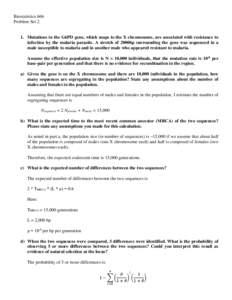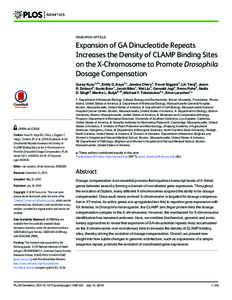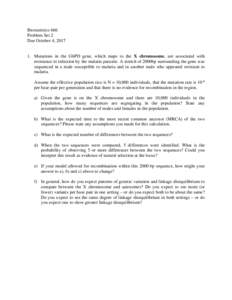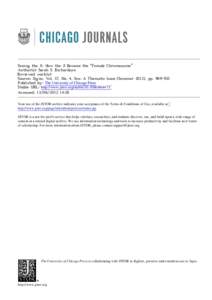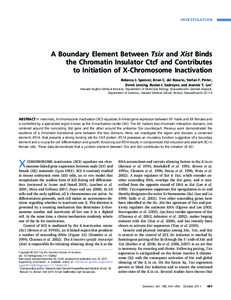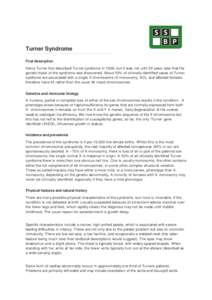 Date: 2015-05-13 15:34:16Cytogenetics Biology Genodermatoses Chromosomal abnormalities Turner syndrome Neurological disorders X chromosome Autism Monosomy Health Genetics Syndromes | |  Turner Syndrome First description Henry Turner first described Turner syndrome in 1938, but it was not until 20 years later that the genetic basis of the syndrome was discovered. About 50% of clinically identified cases Turner Syndrome First description Henry Turner first described Turner syndrome in 1938, but it was not until 20 years later that the genetic basis of the syndrome was discovered. About 50% of clinically identified cases
Add to Reading ListSource URL: www.ssbp.org.ukDownload Document from Source Website File Size: 266,22 KBShare Document on Facebook
|

 Turner Syndrome First description Henry Turner first described Turner syndrome in 1938, but it was not until 20 years later that the genetic basis of the syndrome was discovered. About 50% of clinically identified cases
Turner Syndrome First description Henry Turner first described Turner syndrome in 1938, but it was not until 20 years later that the genetic basis of the syndrome was discovered. About 50% of clinically identified cases 